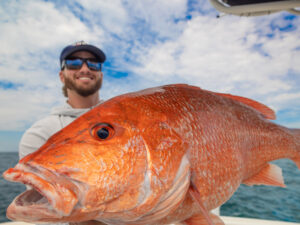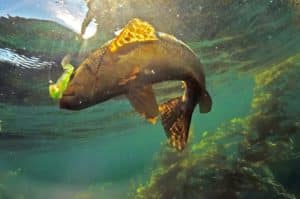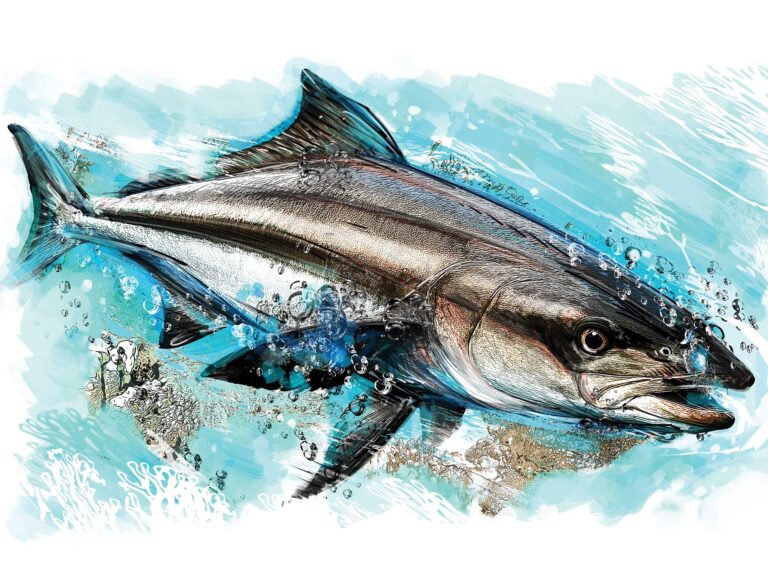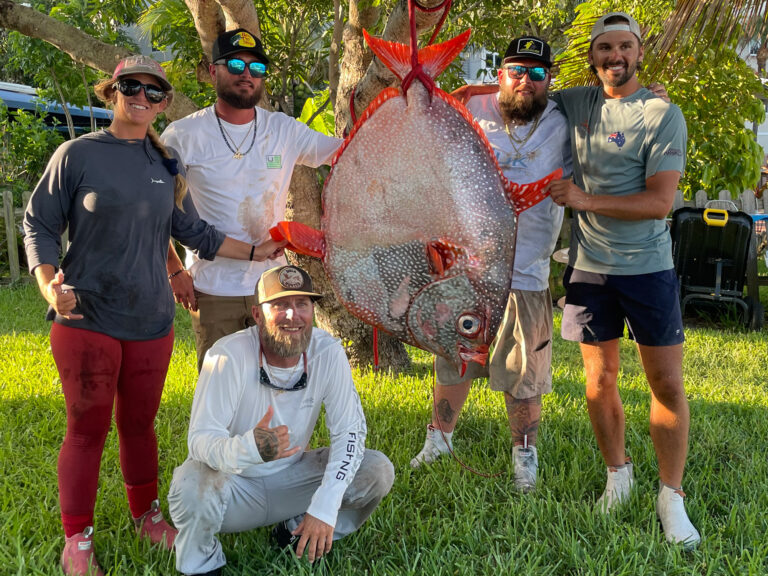
There’s no shortage of coastal spots to wade fish for Texas seatrout. Places you can drive to in a truck and hop out. Areas you can only reach with a custom Texas sled. Just get past the initial hurdles of access and spot-finding, and fishing in waist-deep waters is a blast.
“The intimacy wade fishing brings is why it’s my preferred method,” says Capt. Travis Power, of Lone Star Guide in Matagorda, Texas. “When you’re wade fishing, you can literally feel the bottom type, depth changes and structure. It’s easy to miss stuff or not fully understand it when in the boat. Also, you can’t be any closer to the action than actually being in the water.”
Wade fishing allows anglers to catch fish that boaters can’t. Point-blank. Time and time again, it pays to get out of the boat. Experienced waders love spots inaccessible by boats — an area getting blown out by an over-enthusiastic boater is a pain in the ass.
“What makes Texas trout fishing so different from Louisiana or Florida is the bottom type and depth,” says Power. “Use a boat, like my Shallow Sport, and it’s great to go farther and cover more ground to reach your best wade fishing spots.”
Power has fished extensively in the upper and middle coasts, from Galveston to Port Aransas There are two types of waters he fishes often. “I like introducing people to wade fishing and that’s when I’ll fish hard sand near a drop-off or cut, or a sandy grass flat,” he says. “It’s a lot easier for people to get a grip on wade fishing when it feels like walking on the beach.”
Hard bottom is definitely preferred, although Power tries to hit as many varied habitat types as possible if he’s fishing on his own, including shell bar reefs and workable mud flats.
“My preferred setup is a casting rod and reel, pocket full of lures, and a 5- to 8-foot stringer clipped to my board shorts,” he says. “Less is more. I don’t even like wearing shoes unless the shell is thick.” Power even produced his own stringers, with 5-footers for kayakers all the way up to 20-footers for anglers scared of sharks.
The best time to go wade fishing is whenever you have a free day — different spots produce each month of the year.
“My favorite time for wade fishing is fall and winter,” says Power. “I take the spring off because I think everyone needs an off-season. Summer time is the most popular.”








